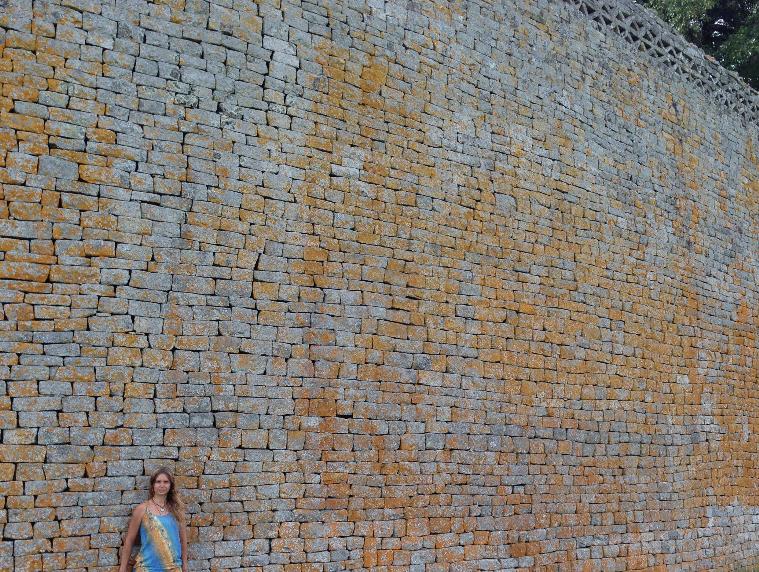
5 minute read
Sacred Sites
Africa’s Greatest Mysteries Great Zimbabwe - House of Stone
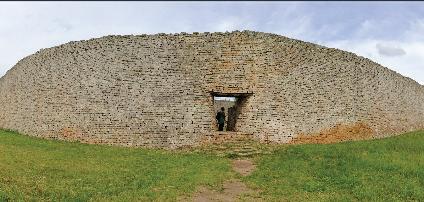
By Louise Clarke
The brief African pre-dawn chill is accompanied by the sudden lull in birdsong moments before the sun makes its appearance over the dense rock walls in south east Zimbabwe. There is a deep sense of gravity here and a sense of mystery echoes across millennia to raise the hair on your arms.
The moment the sun crests the surrounding hills stark shadows fall into the towering enclosures and as the birds start singing again you find yourself face-to-face with one of Africa’s timeless mysteries - the ruins of Great Zimbabwe.
There is perhaps no site south of the Sahara so alive with legend. This mecca of a gold exploiting civilisation rumoured to be the lost mine of King Solomon and speculated by some to be the Abzu residence of Lord Enki himself, and is no doubt a long standing relic in our historic quest for gold.
Depending on who you ask and considering their racial inclination of the time, the building of this vast and astounding site may be attributed to some ancient Caucasoid, sea-faring, marauding race or the Lemba people - the ‘Black Jews’ - a lost tribe of Israel.
Regardless, it was a thriving trader metropolis between the 7th and 15th centuries, housed 20 000 people spanning 722 hectares and was built with mortarless cuboidal granite stones, the curved walls ranging from fourteen to seventeen feet wide and reaching thirty six feet in elevation.
Even today, Great Zimbabwe is shrouded in mystery. It’s location along the Nilotic Meridian gives clues to its astronomical connections and Baba Credo Mutwa’s indigenous tribal lore tells us that the conical tower and ringing monoliths located on the eastern arc of the Great Enclosure were built in celebration of certain celestial bodies.
Archaeo-astronomer Richard Wade proposes the site may have been used as an astrological observatory having detected striking alignments of the rocks to the rising of the Sun, Moon and the three bright stars in Orion, as well as some markings recording the Venus alignments with Earth. He also suggests that the comical tower aligns precisely with the supernova known to have exploded in Vela, some 700-800 years ago.
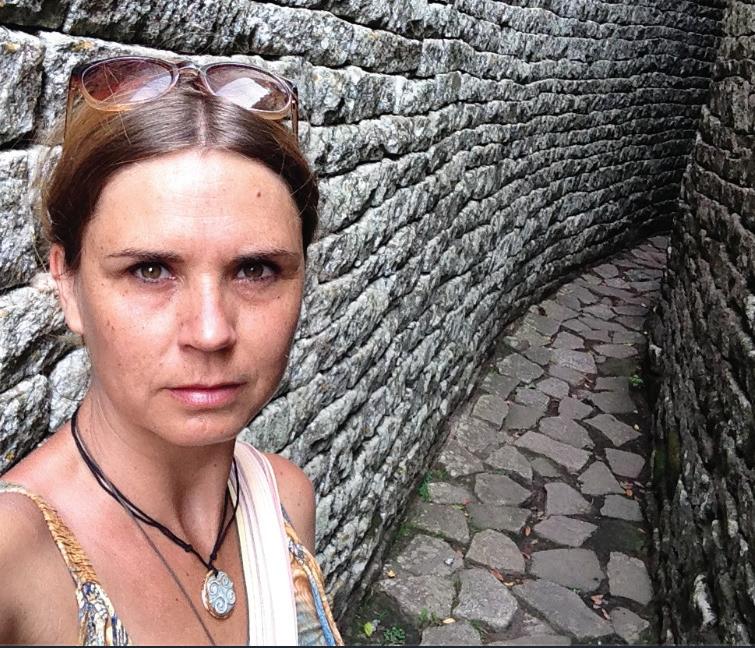
In the Mashona language, Zimbabwe means ‘large stone hut’. According to Mutwa, however, the hidden meaning of ‘Zimbabwe’ revolves around the core word ‘zim’, meaning gold, and ‘zimba’, meaning lion, a tantalising thread woven throughout Linda Tucker’s book about the White Lions of the Timbavati (covered in Issue 37 of Supernal) in which we discover that Giza, Great Zimbabwe and Timbavati - all positioned on the Nilotic Meridian – are all consecrated to the lion.
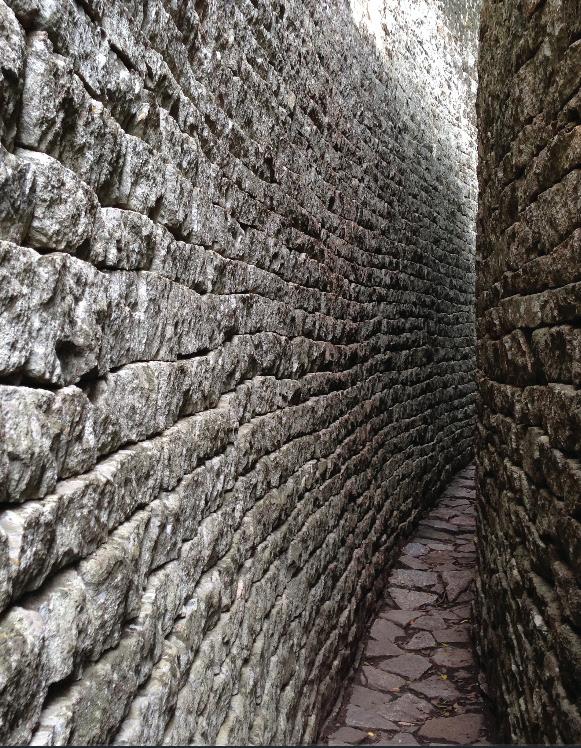
Similarly, Mutwa’s revelations about the origins of the African high priesthood being traced back to the lion and hawk priests reinforces the connection between Timbavati and Great Zimbabwe in the south and Giza in the north. Not surprisingly then, the eight ‘Zimbabwe Birds’ carved in soapstone sitting on pedestals discovered on site in Great Zimbabwe resemble the statue of Horus found in Edfu, and have human limbs and four or five toes (or fingers) in front rather than three talons forward like most raptors.
Here we may leave the more ‘mainstream’ historians and delve a little into the theories of Zecharia Sitchin, Erich von Daniken and Michael Tellinger, who suggest that Great Zimbabwe is the site of the ‘Ancient Aliens’, the ‘Lost City of Enki’, as referred to in Sumerian texts.
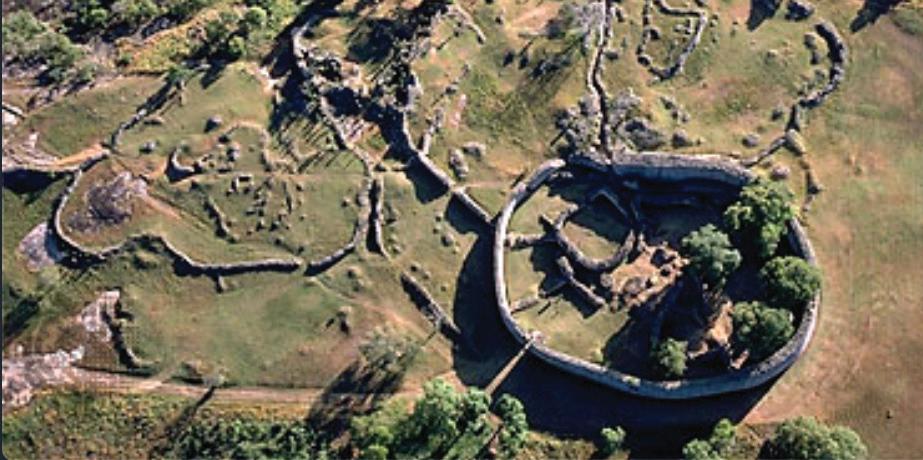
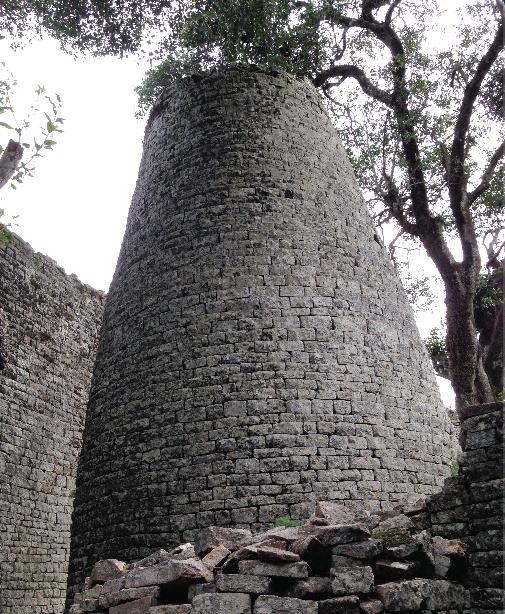
Sitchin’s book ‘The Lost Book of Enki’ tells the story of the Annunaki (those who from heaven to earth came) from the perspective of Enki - an Annunaki leader revered in antiquity as a god - who tells the story of these extra-terrestrials’ arrival on earth from the planet Nibiru in search of gold. Among these lyrical pages one finds startling and detailed accounts of the creation of modern man, who would serve the gods, ascribing Enki as the Father of Mankind.
Was Enki’s chief abode Great Zimbabwe? Jim Davidson in his book ‘The Annunaki Gods of Ancient Africa’ draws on the evidence on site proposing the building of the city was done in two stages 3600 years apart (corresponding with the orbit of Nibiru around the sun) and the fact that the half human - half bird statues found there were the emblem of the Annunaki. He also says that the chevron design at the top of the Great Enclosure was Enki’s personal symbol.
In the final segment of the this series I will return home to Mpumalanga to explore the hundreds of thousands of stone circles in the area as well as a calendar site said to be 75 000 years old.

Louise Clarke Exploring sacred sites in Africa and walking as an art of healing.
Image Credit: Louise Clarke










